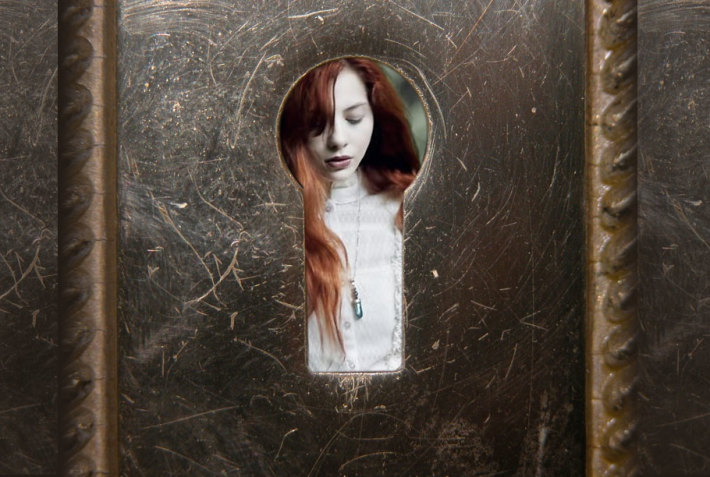Locked in a Lie
There might be perfectly reasonable explanations for why you would like to change things about your body, for why you haven’t yet embraced who you are. Simple reasons that often avoid detection.
Stores don’t carry clothes that fit you.
Clothing manufacturers design and cut clothing based on specific proportions and dimensions. If your body proportions are different than the fit model of the manufacturer, the clothes you try on and buy won’t fit. The sleeves will be too short if your arms are longer than the fit model, or too long if your arms are any shorter. If your waist is wider or smaller … if your hips are wider or more narrow … if your bosom is larger or smaller than the fit model, the list goes on. Typically, we either make do with what is too big or go through life being squeezed into garments like a sausage. Its NOT YOU, its not your body that has a problem…it’s the manufacturer.
The clothing industry shares responsibility for our warped attitudes about ourselves. To stay in business, clothing companies must make a profit, fair enough. Straight seams cost less to cut and sew than curved ones. Almost all affordable clothing is manufactured with straight seams, yet women generally have curved bodies. When we try to put our bodies into these straight-cut clothes and we don’t fit, we think there is something wrong with us. We look at the stick-straight models —the ones whose bones show and look like tall girl-children—the ones who look good in those straight-seamed clothes—and we wish we didn’t have our curves. Ouch. We compare ourselves to those models and think there must be something wrong with our curves, our bodies, ourselves. The truth, there is nothing wrong with who you are or how you’re made; there is something wrong with how the clothes are made.
Connie
Finding ready-made clothes was a seemingly impossible task for Connie. She was six feet tall and small boned, with long arms, long legs, long neck, tiny head, and delicate features. Women’s clothes are not manufactured for her body proportions. She wanted feminine clothes to wear under her working uniform of white doctor’s coats—not fussy feminine clothes, just clothes with some grace. The only garments she could find to wear were men’s jeans and shirts, which were not feminine; they were simply long enough. She was able to find tops and some sweaters, but she wanted to have trousers and skirts cut for the way she moved. Her long stride called for swinging skirts in fluid fabrics that swirled around her calves. Her relaxed posture asked for softly tailored, loose-fitting jackets or cardigans. Not having feminine clothing had been such a problem all her life that as she approached her 50th birthday she was still self-conscious when meeting strangers.
When she came to see me she felt trapped. Oh, and the truth will set you free. It didn’t take long however for Connie to realize that her body was asking for skirts, trousers and long sleeved jackets tailored to her proportions, not a fit model who didn’t look like her, wasn’t her, never could be her. She is unique, we all are. Because of her narrow waist and fuller thigh, she looked best in shorter jackets that had fit through the waist. We took her boxy blazers to an alterations person who trimmed the bottom to three inches below her waist; made the sleeves longer with the cut fabric and created curves in the side seams to make the overall appearance more feminine. After her first fitting the change in her countenance was remarkable. She was becoming other rather than self conscious.
If this speaks to you, I encourage you to watch our complimentary masterclass where you’ll discover so much more.









